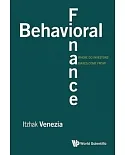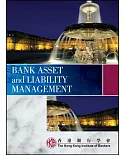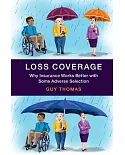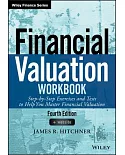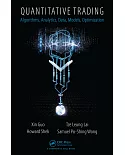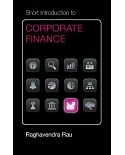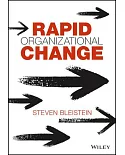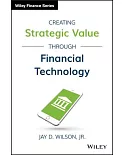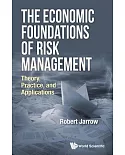Statistics is a topic that generates a range of emotions: from unmitigated joy at making sense of reams of data to sheer fright at the very mention of a word that sounds eerily like
‘sadistics’. Data Analysis for Business: Statistics in a Brave New World aims to lessen the fear of this much-maligned science by introducing a range of practical applications and examples to
fit a range of scenarios. Gone are the formulaic, number-crunching examples that dominate most textbooks, to be replaced by real-life examples.
Each chapter includes instructions on how to convert data into easily interpretable output. Data Analysis for Business: Statistics in a Brave New World focuses on a mixture of descriptive and
inferential statistics, including which graph best fits which dataset, which numbers are best used to summarise this dataset, how probability dictates our lives without consciously thinking of
it in such terms, how the knowledge of relationships between variables can aid in prediction, and techniques to forecast key performance indicators.
This book also explains why the median house price is not always an accurate guide to average house prices, how odds are calculated and how games like roulette use this to protect against
‘losing runs’, why false positives in medicine produce an unnecessary ‘scare factor’, how the law’s ‘innocent until proven guilty’ dictum applies to statistics, and how a tool like multiple
regression can be used to help you forecast the margin in a game of football.




